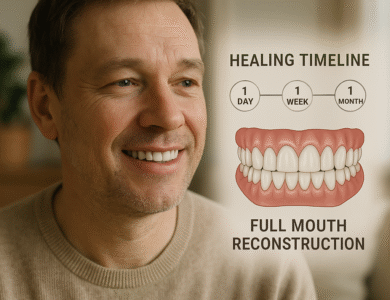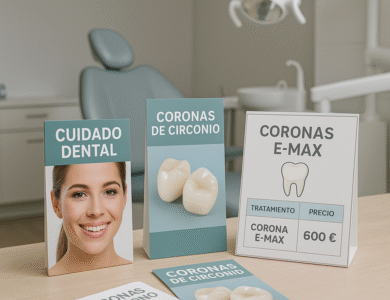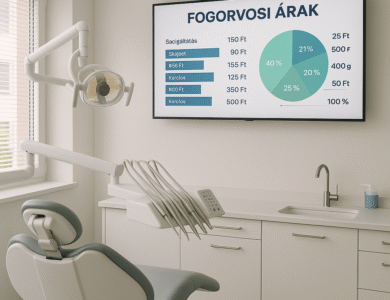
Tooth Extraction
Tooth extraction is the surgical removal of the tooth from its cavity, called the part that forms the tip of the tooth in the bone and connects it to a part of the structure , performed by a dentist or oral surgeon as an outpatient procedure performed relatively quickly with limited, general, intravenous anesthesia or a combination . If tooth extraction is easy, this is the method to be used to extract visible teeth in the mouth while the patient is under limited anesthesia. In advanced cases, the patient may be completely anesthetized, depending on the doctor’s preference.
Why is a tooth extracted?
Tooth extraction may be necessary in some cases in adults. Even though it is ideal to use adult teeth that replace milk teeth in childhood as long as they are alive, tooth extraction may be necessary for multiple reasons .
- The most common of these reasons is that the teeth are damaged beyond repair due to trauma or decay.
- In addition, dentists may find it appropriate to extract teeth for preliminary preparation in the mouth, especially in cases that require orthodontic treatment with many teeth that do not fit completely into the jaw.
- In similar cases, tooth extraction intervention can be performed for teeth that have not protruded above the gums or for wisdom teeth that are impacted.
- Pulp, which is the nucleus consisting of nerves and blood vessels within the tooth , parasites in the mouth can enter here and cause inflammation.
- This can usually be corrected with root canal treatment, but if the inflammation is very severe and antibiotics or root canal treatment are not sufficient, tooth extraction may be necessary to prevent the inflammation from spreading.
On a similar note, if the immune system is at risk due to other medical side effects of drugs to be used for chemical treatment or organ transplantation, even the risk of inflammation in the tooth may be sufficient reason to extract the tooth.
Before Tooth Extraction
Tooth extraction itself is generally a very safe medical practice, it may cause harmful parasites to enter the circulatory system due to the procedure. However, gum tissue is also at risk of inflammation. If there is a high risk of developing severe inflammation due to another medical reason, antibiotics will be required before and after tooth extraction.Therefore, it is necessary to share a full medical history with the dentist before a tooth extraction. In addition to the medications to be used regularly and the supplements to be taken, the dentist must be informed of any issues such as damaged or artificial heart valves, congenital heart defects, immune system disorders, cirrhosis, artificial joints such as hip prosthesis , bacterial heart valve inflammation.
How is tooth extraction performed?
Oral surgeons, who are dentists who have received special training to perform tooth extraction surgery, can perform tooth extraction .
- Before the tooth is extracted, the dentist will give the patient a limited numbing injection to numb the area where the tooth will be removed.
- In some cases, especially for impacted wisdom tooth extraction, the dentist may use a stronger general anesthesia. This general anesthesia will prevent pain and put the individual to sleep throughout the procedure.
- The dentist will cut away the gum and bone tissue surrounding the tooth. After this, he will grasp the tooth with the help of forceps and gently move it back and forth to loosen it from the jawbone and ligaments that normally hold the tooth in place. In some cases, a tooth that is difficult to extract may be removed in a very fragmented state.
- Tooth extraction is natural and necessary. Most often, a blood clot occurs in the cavity left behind from the tooth.
- The dentist places a gauze pad in the tooth cavity and tells the patient to bite to help stop the bleeding. In some cases, the dentist may place a few self-loosening stitches to ensure that the corners of the gum in the extraction area close properly.
- Sometimes, the blood clot in the socket loses its tension and falls out, exposing the bone in the socket. This is a dangerous and painful condition. This phenomenon, called septic socket, is also called dry socket.
Since the blood clot must occur for healing to begin, the dentist may place a pain-relieving paste containing antiseptics or antibiotics into the socket for a few days to help with this.
After Tooth Extraction
Tooth extraction , the dentist sends the patient home to recover. The healing process usually takes a few days. There are a few steps that can be taken to minimize any discomfort that may be felt during this period, reduce the risk of inflammation and speed up healing.
First of all, painkillers should be used as prescribed. In order to both reduce bleeding and prevent the formation of a clot in the tooth socket, it is necessary to bite firmly but gently right above the gauze placed by the dentist. It is necessary to change the gauze before absorbing the blood thoroughly and completely. In other cases, it is necessary to keep the gauze there for three to four hours after the tooth is extracted. Tooth extraction to prevent swelling in the area It will be helpful to apply an ice pack to the affected area immediately after the procedure. This bag should be applied for 10 minutes at a time.
After tooth extraction, it is necessary to rest for at least 24 hours, avoid rinsing the area vigorously with water or spitting in order not to dislodge the existing clot in the socket, and limit activities for the next few days. After 24 hours, the mouth can be rinsed by mixing a glass of warm water with half a teaspoon of salt.
After tooth extraction, foods such as mashed potatoes, soup, yoghurt, applesauce or pudding should be consumed and solid foods should be slowly introduced as the extracted area heals. Pipettes should not be used during the first 24 hours and smoking should not be done during the healing process to speed up healing.
While lying down, the head should be supported with a pillow and kept up. Lying flat can prolong bleeding time.
It is necessary to continue using dental floss along with brushing the teeth and tongue, staying away from the area where the tooth was extracted. Doing this will help prevent inflammation. Pain after tooth extraction can be felt as the effect of anesthesia wears off, and this is considered very normal. After a tooth is extracted, slight bleeding and swelling can be expected for a day.
However, if bleeding or severe pain continues for more than four hours after tooth extraction, the dentist should be called again and the situation should be reported.
In addition, if there are symptoms of inflammation including fever and chills, nausea or vomiting, redness, swelling or excessive discharge from the affected area, cough, shortness of breath or chest pain, it is necessary to consult a dentist.
Recovery After Tooth Extraction
Tooth extraction usually takes one to two weeks. New bone and gum tissue grows in the cavity opened in this vetire. However, missing a tooth (or teeth) can cause the remaining teeth to change, affecting the bite and making chewing difficult. For this reason, the dentist may recommend supporting the missing tooth or teeth with an implant , fixed bridge or denture.





